The volume is mainly focussed on structural and metamorphic characteristics of the Himalayan rocks exposed in various sectors of the Himalaya. The peridotites in the Spongtang nappe of Ladakh are mylonitised and occur in superposed imbrications. The regionally metamorphosed pelitic rocks of a part of Kashmir show low pressure, intermediate and medium pressure of metamorphism. The Buniyar granite is an intrusive plunton in the Dogra Slates (Precambrian) in the western part of Kashmir. The NE-SW compressional stress was responsible for development of multiple folds in metamorphics of Chamba area. The radiometric date of granites in Chor mountain is Pre-tertiary (1000 m.y and 525 m.y.). The metamorphic and folding processes of the Chor pelites were terminated by the Jutogh thrusting phenomena. The crystallines of Palampur (Himachal) are characterised by the Chail thrust and contain about 12 types of garnet texturally. The Manali-Rohtang Pass area forms a part of an overturned limb of the crystalline nappe. The thrusts in the Kumaun region developed from the hinterland to foreland. The total displacement of the Munsiari, Krol and Berinag sheets was about 330 km. The Purola area in Garhwal is located between the Main Central Thrust and Tons Thrust. Metamorphics in the Bhagirathi valley were formed at the temperatures ranging from 479 to 666 c. The uranium mineralisation in the granite-gneisses and the footwall quartzite took place after the formation of the Main Central Thrust III in Tehri Garhwal. The rock-fabric (b-c girdles of quartz) in rocks of Lansdowne crystalline nappe developed along the thrust-transport direction with rotation which is exhibited by triclinic symmetry. The fracture and lineament patterns were formed in the frontal parts of the Himalaya. The Lesser Himalaya region in Himachal Pradesh has overlapping crystalline thrust. The chail nappes are traceable throughout the length of the Lesser Himalaya. The nappe thrusting in two phases occurred in Eastern Nepal during middle tertiary and quaternary times. Simple shear type of deformation affected the rocks in Eastern Nepal. The high heat flow in rocks of Darjiling region was responsible for the first phase of metamorphism which was followed by overturning and thrusting during the second phase of deformation. The metapelites in Eastern Sikkim are characterised by Kyanite-sillimanite isograd with associated quartzofeldspathic melt during pre-and syn-kinematic deformation. The reflected Aravalli trends and present in Arun transanticline and Tista Dome in Bhutan. The Central Tibetan region was possibly the homeland for the nappes in the Eastern Himalaya. This book would be useful to earth scientists, academicians and research scholars.
Himalaya: Geological Aspects (Volume 2)
In stock
Free & Quick Delivery Worldwide
Bibliographic information
Title
Himalaya: Geological Aspects (Volume 2)
Author
Edition
1st ed.
Publisher
ISBN
8190228986
Length
xii+660p., Tables; Maps; Figures; References; 26cm.
Subjects

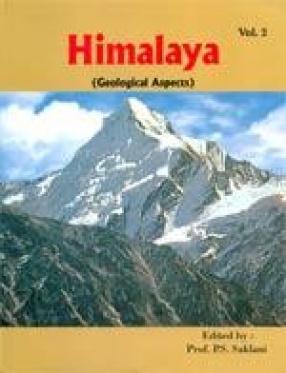

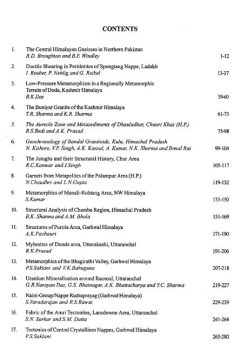
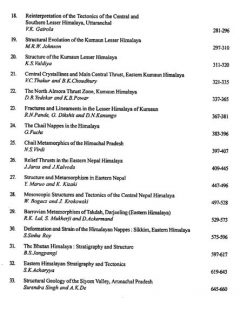
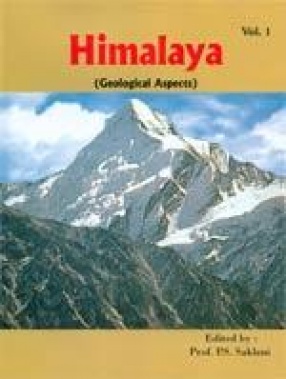
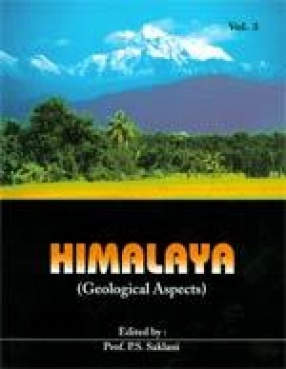
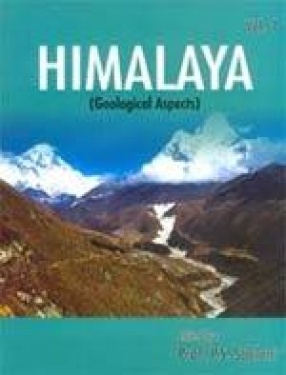
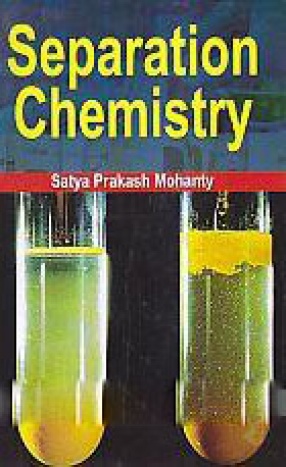


There are no reviews yet.